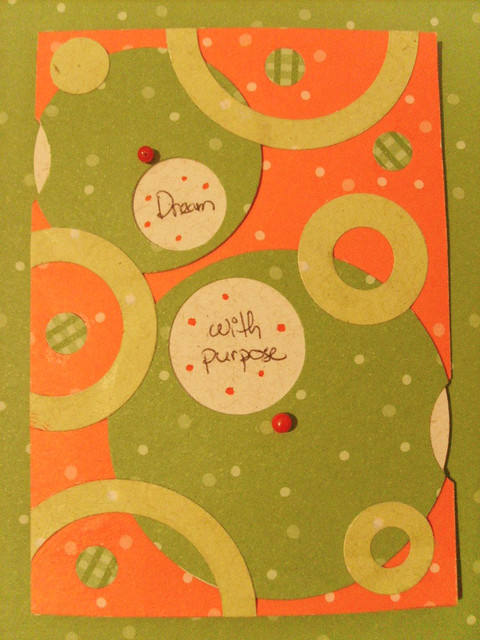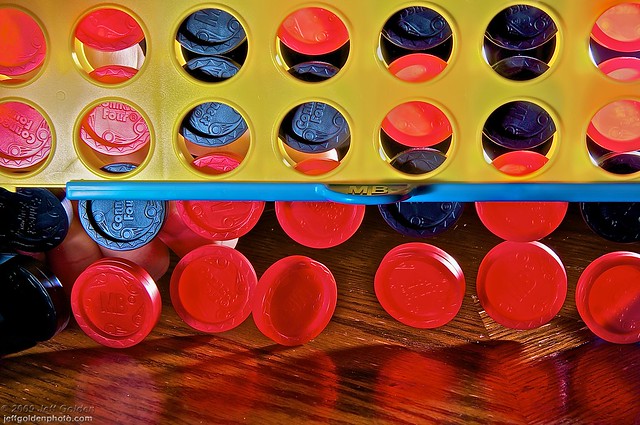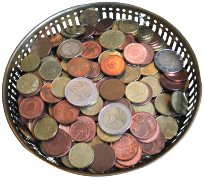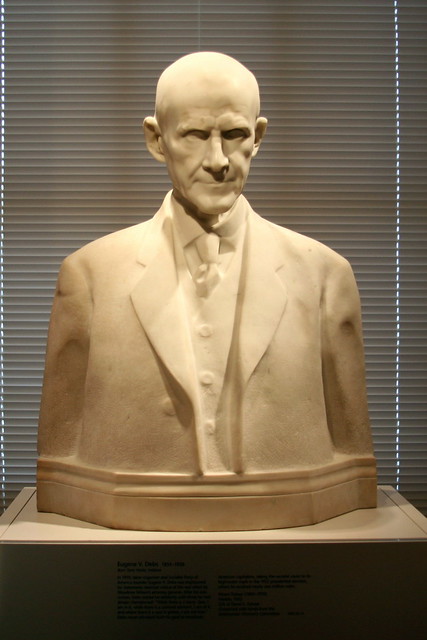A student in Calgary gave me first copy, correctly deducing that I would LOVE it. You can find a pdf of the entire thing online, and the copyright is complicated enough that I can't figure out if it's legal. There's a current publication of the book, too, and it's a nice one to have.

All this is by way of introduction, as one of our promising preservice teachers, Cassie Becker, wrote up some very nice problems from the book, and was willing to share them here. She did this for a choice workshop, where students have freedom to follow up or pursue an item of interest. In general, I find that the students make amazing choices.
The Man Who Counted
(Chapters 1-9) Beasts of Burden
Close to an old half abandoned inn, we saw three men arguing heatedly beside herd ofCan you explain why this would be a good idea?
camel. Amid the shouts and insults the men gestured wildly in fierce debate and we could
hear their angry cries:
“It cannot be!”
“That is robbery!”
“But I do not agree!”
The intelligent Beremiz asked them why they were quarreling.
“We are brothers,” the oldest explained, “And we received thirty-five camels as our
inheritance. According to the express wishes of my father half of them belong to me, one-
third to my brother Hamed, and one-ninth to Harim, the youngest. Nevertheless we do
not know how to make the division, and whatever one of us suggests the other two
disputes. Of the solutions tried so far, none have been acceptable. If half of 35 is 17.5 if
neither one-third nor one-ninth of this amount is a precise-number, then how can we
make the division?"
“Very simple,” said the Man Who Counted. “I promise to make the division fairly, but
let me add to the inheritance of 35 camels this splendid beast that brought us here at such
an opportune moment.”
 Food for Thought
Food for ThoughtThree days later, we were approaching the ruins of a small village called Sippar when
we found sprawled on the ground a poor traveler, his clothes in rags and he apparently
badly hurt. His condition was pitiful. We went to the aid of the unfortunate man, and he
later told us the story of his misfortune.
His name was Salem Nasair and he was one of the richest merchants in Baghdad. On
the way back from Basra a few days before bound for el-Hillah, his large caravan had
been attacked and looted by a band of Persian desert nomads, and almost everyone had
perished at their hands. He, the head, managed to escape miraculously hiding in the sand
among the bodies of his slaves.
When he had finished his tale of woe, he asked us in a trembling voice, “Do you byEach piece of bread was divided into three portions and each man ate an equal portion of bread. Can you justify this division?
some chance have anything to eat? I am dying of hunger.”
“I have three loaves of bread.” I answered.
“I have five,” said the Man Who Counted.
“Very well,” answered the sheik. “I beg you to share those loaves with me. Let me
make an equitable arrangement. I promise to pay for the bread with eight pieces of gold,
when I get to Baghdad.”
…
Then Salem Nazair said to us, “I take leave of you my friends. I wish however to
thank you once more for your help and, as promised, to repay your generosity.” Turning
to the Man Who Counted, he said, “Here are rive gold pieces for your.
To my great surprise, the Man Who Counted made a respectful objection. “Forgive
me, O Sheik! Such a division, although apparently simple, is not mathematically correct.
Since I gave five loaves, I should receive seven coins. My friend, who supplied three
loaves, should receive only one.”
“In the name of Muhammad!” exclaimed the vizier, showing a lively interest. “How
can this stranger justify such an absurd division?”
The Four Fours
“Did you notice that this shop is called The Four Fours. This is a coincidence of unusual importance.”Can you make 2,5,17,26,34,91,135, etc using only four fours?
“A coincidence? Why?”
“The name of this business recalls one of the wonders of calculus: using four fours, we
can get any number whatsoever.”
 |
| dweekly @ Flickr |
Going to Market
And the shopkeeper told the following “Once I lent 100 dinars, 50 to a Sheikh from
Medina and another 50 to a merchant from Cairo.
“The sheik paid the debt in tour installments, in the following amounts: 20, 15, 10 and 5 that is
Paid 20 and still owed 30
Paid 15 and still owed 15
Paid 10 and still owed 5
Paid 5 and still owed 0
Total 50 Total 50
“Notice, my friend, that the total of the payments and the total of his debt balanceCan you explain to the shopkeeper why this happened?
were both 50.”
“The merchant from Cairo also paid the debt of 50 dinars in four installments, in the
following amounts:
Paid 20 and still owed 30“Note that the first total is 50—as in the previous case—while the other total is 51.
Paid 18 and still owed 12
Paid 3 and still owed 9
Paid 9 and still owed 0
Total 50 Total 51
Apparently this should not have occurred. I do not know how to explain the difference of
1 in the second manner of repayment; I know that I was not cheated, as I was paid all of
the debt, but how to explain the difference between the total of 51 in the second case and
50 in the first?”
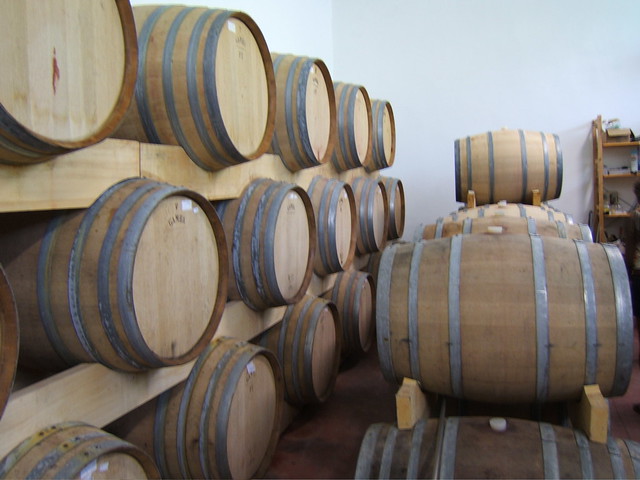 |
| Pennington @ Flickr |
The sheik addressed the three of them: “Here is the esteemed master calculator.” And.Can you find a solution to the problem?
to Beremiz he added, “Here are my three friends. They are sheep rearers from Damascus.
They are facing one of the strangest problems I have come across. It is this as payment
for a small flock of sheep they received here in Baghdad, a quantity of excellent wine, in
21 identical casks:They want to divide so that each receives the same number of casks and the same
7 full
7 half-full
7 empty
quantity of wine. Dividing up the casks is easy—each would receive 7. The difficulty, as
I understand it is in dividing the wine without opening them, leaving them just as they
are. Now, calculator, is it possible to find a satisfactory answer to this problem?”
Three and Thirty
“Your total bill, with your food, is 30 dinars,” was the reply. Sheik Nasair wished toCan you explain to the men where the 30th dinar went?
pay the bill, but the men of Damascus refused, which led to a small discussion and an
exchange of compliments, with everyone speaking at once. At last it was agreed that
Sheik Nasair, a guest, should pay nothing and that each of the others should pay 10
dinars; so 30 dinars were handed to a Sudanese slave for his master. A few moments
later, the slave returned and said, “My master says he made an error. The bill is 25 dinars,
and he has asked me to return 5 to you.”
“That man of Tripoli is most honorable,” remarked Sheik Nasair. And taking the five
coins, he handed one to each of the three men, so that two remained. After exchanging a
“lance with the men from Damascus, the sheik handed them as a reward to the Sudanese
slave who had served them food.
At that moment, the young man with the emerald rose and, looking gravely at his
friends, said. “This business of paying over the 30 dinars has left us with a serious
problem.”
“Problem? I see no problem.” replied the sheik, astonished.
“Oh yes.” said the man from Damascus. “A serious and seeming ridiculous problem.
A dinar has disappeared. Think now. Each one of us paid 9 dinars. Three times nine is 27.
Adding to these 27 the 2 that the sheik gave to the slave, we have 29 dinars. Of the 30 we
handed over to the man from Tripoli, only 29 are accounted for. Where, then, is the other
dinar? Where has it disappeared to?”

